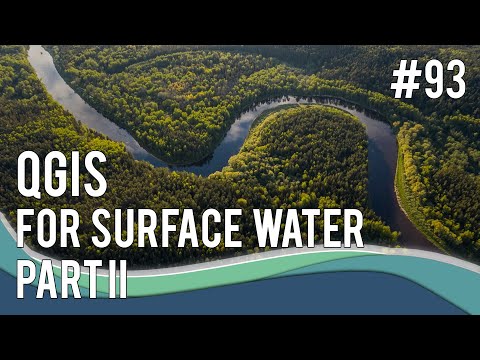Description:
Learn to preprocess open data for hydrological and hydraulic modeling using QGIS in this informative webinar. Discover techniques for deriving catchments and stream networks from digital elevation models, and explore map design and 2D/3D visualization of hydrological data. Master essential QGIS tools and functions including reprojecting, clipping, filling sinks, defining outlets, creating catchment boundaries, and fixing geometry errors. Dive into advanced styling techniques, such as color hillshade, contour rendering, and random symbology. Create professional maps by adding elements like scale bars, gradient legends, and locator maps. Explore practical applications in hydraulic studies and learn about hydrologically correct digital elevation models. Gain insights from expert presenters on topics ranging from custom geometries to delineation tools, equipping you with valuable skills for water modeling projects.

QGIS for Preparing and Visualising Hydrological Data
Add to list
#Engineering
#GIS
#QGIS
#Science
#Earth Science
#Hydrology
#Data Science
#Geospatial Data
#Digital Elevation Models